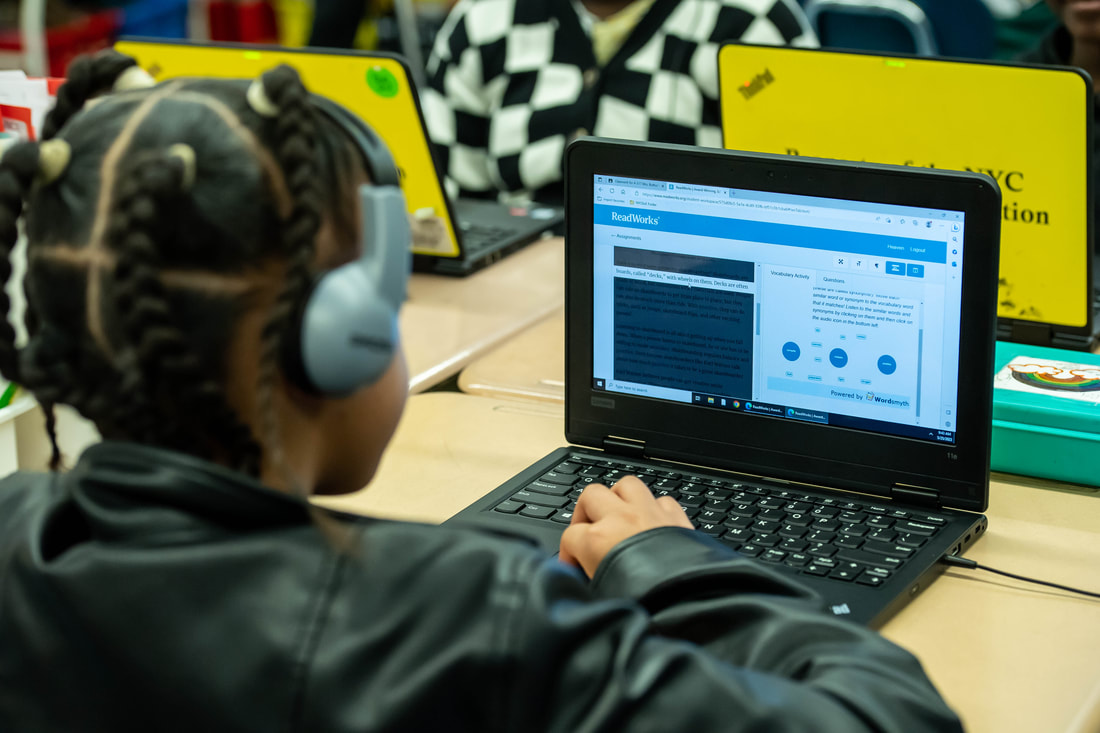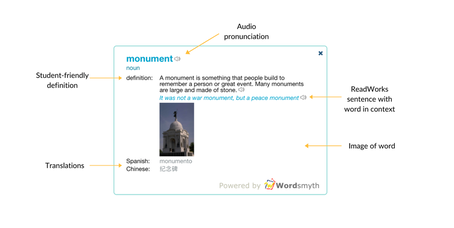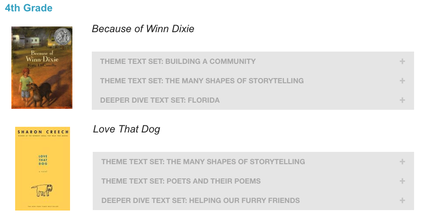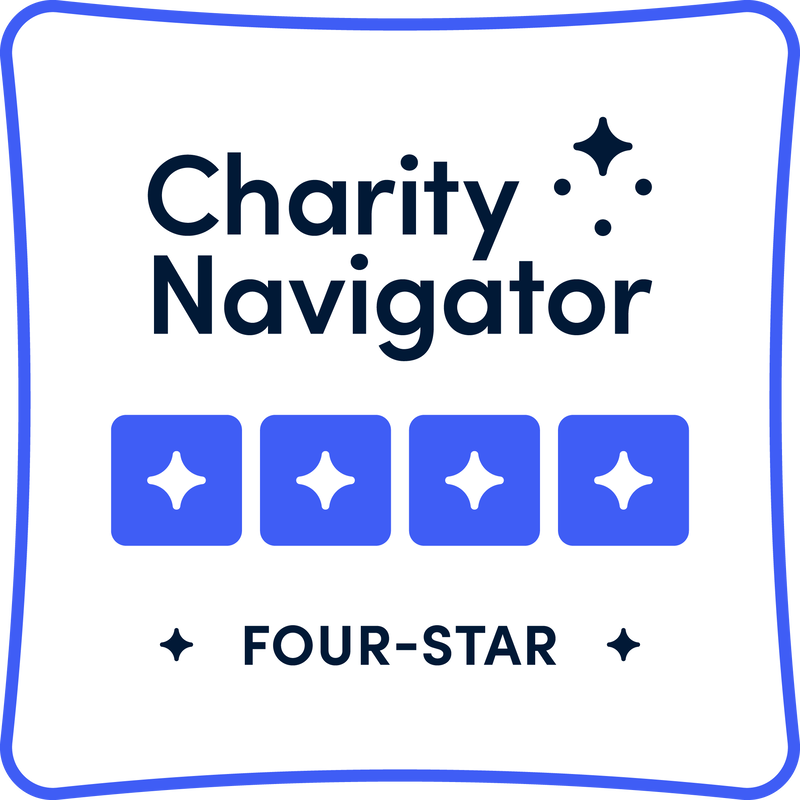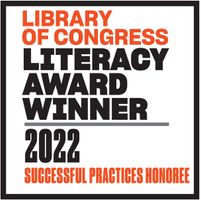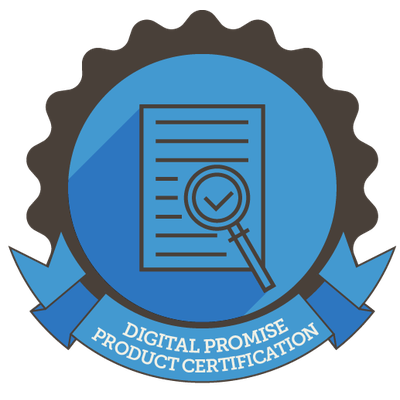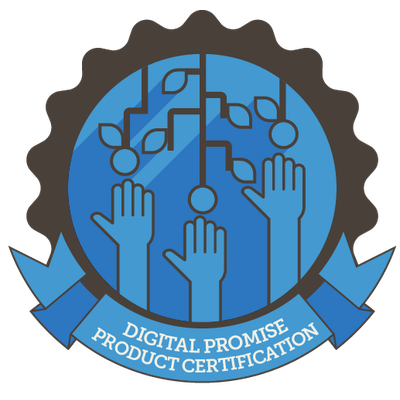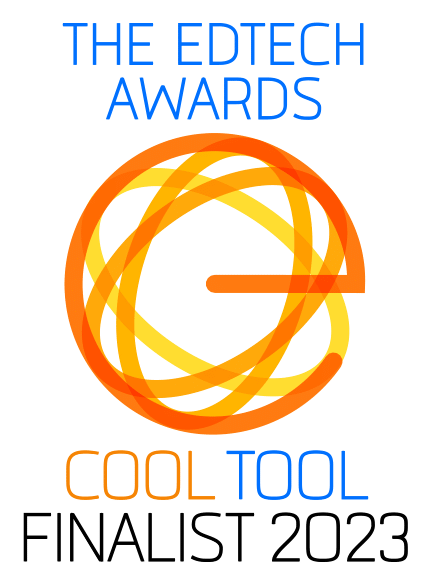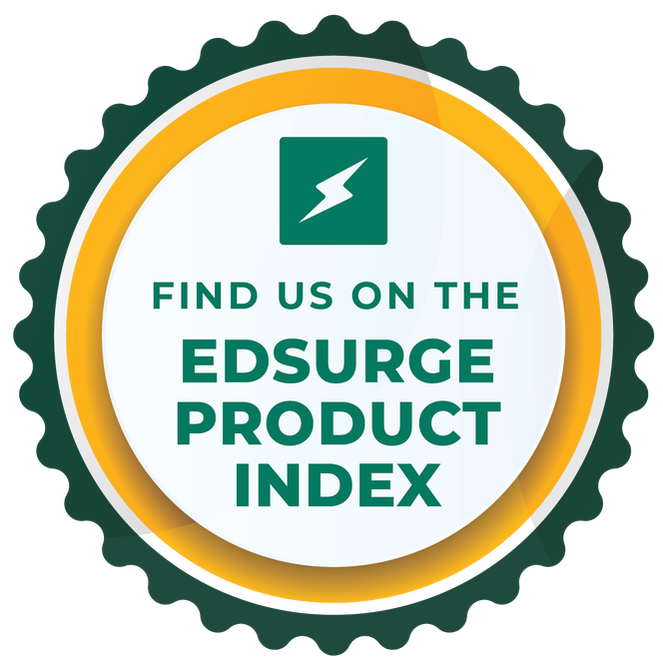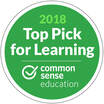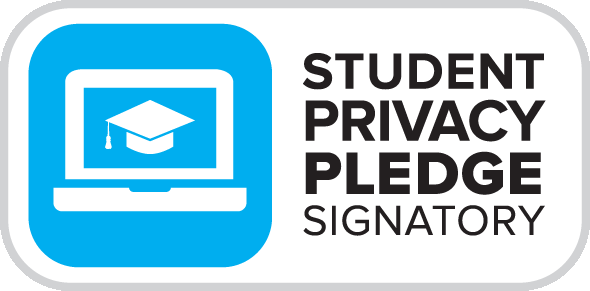|
ReadWorks is excited to add even more free curricular support for early readers! It is vital to give readers the opportunity to build background knowledge while practicing the letter-sound code that brings reading to life. Enter the new decodables on ReadWorks – a series of short, nonfiction texts designed to enhance curriculum and teacher instruction for early readers. Developed with expert writers and early reading thought leaders, these new decodables enable teachers to harness even more of the high-quality tools and sequences that ReadWorks offers. “The team at ReadWorks is dedicated to the mission of offering free reading comprehension tools for teachers, and it was essential for us to develop specific tools for early readers. The popularity of the fiction decodables aligned to ReadWorks nonfiction articles that we offer in partnership with Whole Phonics provided us a launching pad into writing nonfiction decodables that work in step with our Article-A-Day scope and sequence. Early literacy is the cornerstone of educational success, and we are excited about the positive impact that these new decodables can have on children's reading development," Susanne Nobles, Chief Academic Officer, ReadWorks Here are the powerful features and benefits of the new ReadWorks decodables and how they can be used to revolutionize early literacy education.
2. The Power of Nonfiction for Early Readers Often, knowledge and vocabulary development are sacrificed for early readers because the texts they are reading are solely focused on word recognition. Teachers can deliberately support their students’ knowledge-building by pairing ReadWorks content-rich, listening-level passages with ReadWorks free decodables on the same topic. "We’ve all heard the adage that children first learn to read, and then they read to learn. Yet decades of research show that this is a false dichotomy ... From the very beginning, children can build knowledge of the natural and social world through read-alouds ... [and] build knowledge through texts that they are learning to read themselves" (The Scientific Advisory Committee, Knowledge Matters Campaign). Source 3. Cultivating Reading Comprehension Proficiency These new decodables are particularly unique because they give beginning readers the opportunity to build background knowledge while practicing mastering the code. ReadWorks created decodables that work with our Article-A-Day scope and sequence to help students build language comprehension while they also become proficient with word-level reading. ReadWorks has been honored to have expertise on this project from Dr. Julia Lindsey, creator and author of Beyond Decodables, author of the book Reading Above the Fray, and former elementary teacher turned early literacy consultant. She says, “I’m thrilled for educators to use the new high-quality decodable texts available for free from ReadWorks. ReadWorks’ decodables are nonfiction, informational texts created via the same rigorous vetting process as their other resources. By combining decodability and content (linked to Article-a-Day), these texts have the potential to simultaneously support children’s foundational skills and knowledge development — an all-around win!” ReadWorks continues to pave the way for accessible, engaging, and transformative free resources that improve reading comprehension to reach every grade level, school, and district. Decodables for first grade and kindergarten are available now, and second grade texts are being written. Teachers can find decodables within our Article-A-Day Scope & Sequence on ReadWorks. Be sure to register for our upcoming webinar Fostering Joy in Early Readers, How to Use New decodables on ReadWorks on August 15th. Written by:
Melissa Calder, Director of Marketing and Engagement Susanne Nobles, Chief Academic Officer
19 Comments
“What’s your best digital reading format?” Do you prefer Arial font with 15 point size and wide character spacing, or Helvetica font with 20 point size and traditional spacing?” Have you ever even thought about which digital format works best for you while reading on a device? Maybe you already adjust your screen away from the default text or you have used the pinch and zoom feature to adjust text size. The ability to quickly and easily change your font size and spacing can result in instantaneous improvement in reading speed and comprehension. Many of these adjustable features and tools are not yet available for young students. ReadWorks is leading the charge to provide access to digital format options for K-12 students on all of our high-quality passages. Tailoring education to individual needs is not new– some students need glasses and some need to sit closer to the front of the room in order to learn and perform better. Differentiating to meet students’ needs looks different, however, in the age of digital learning, finding solutions is a deep focus at ReadWorks. “We feel privileged to be part of the research team investigating how the visual features of typography affect reading fluency and comprehension by having a variety of digital formats implemented on the ReadWorks platform. Much of this work has already been implemented for college and adult students, and now we are able to be leaders for K-12 students,” said ReadWorks Chief Academic Officer, Susanne Nobles, Ph.D. So, how do we know that reading format can help students with reading comprehension? In a first-of-its-kind research study conducted by ReadWorks, Chapman University, The Royal Danish Academy, and Readability Matters, students showed an average increase of 20% in comprehension based on a change to the reading format, which can translate to an increase in up to two letter-grades for students. And for those most impacted by text format, the percentages gained were even higher. Source We are continuing to dig into these exciting early findings. As part of a research study with the University of Oregon, Readability Matters and the iDEAL Institute at Loyola Marymount University, students on ReadWorks will use a new assessment tool to determine their best reading format. Student’s best-performing reading format will be provided to them while on ReadWorks without any additional burden for teachers to manage. The outcomes of this research can significantly inform Universal Design for Learning (UDL) guidelines and best practices for how edtech organizations create and deliver tech-enabled resources and tools. With a vast educator base, ReadWorks is in a uniquely advantageous position to quickly roll-out new features to support millions of students and help lift the barrier to high-quality, research-based tools and resources that improve reading comprehension. Digital text formats are an important new avenue to continue to differentiate and personalize learning needs. Rather than using tools that work better for many students, we can implement tools that work best for each student. Written by:
Melissa Calder, Director of Marketing and Engagement Susanne Nobles, Ph.D., Chief Academic Officer Whether you are a teacher or a parent, these tips will prepare your reader for a successful school year! 1. Turn on the Student Library 📖 Helps students improve reading comprehension and foster a love for reading By turning on the Student Library, you grant unlimited student access to our online passages all summer long 24 hours, seven days a week! 2. Explore our curated summer reading packets ☀️ Provide a range of preparatory reading resources to enhance your reader’s learning We offer a large selection of reading packets that you can print for free! These packets include nonfiction passages, fiction passages, and question sets. Our curated collection of passages engages students and prepares them for the next academic year. 3. Purchase our Summer of ReadWorks Workbook for readers entering grades 2-4 🏫 Plans high-interest readings that stimulate learning and reinforce new knowledge. This illustrated bound workbook provides eight weeks of high-interest pre-planned content to engage your reader all summer. This unique workbook strategically introduces diverse topics and supplements reading comprehension with a physical Book of Knowledge. 4. Supplement novels with Book Studies 📚 Builds the knowledge needed to critically engage with novels and explore their themes. If you have a novel assigned for summer reading, use Book Studies to deepen your reader’s learning! Book Studies offer expert-curated fiction and nonfiction passages formulated to deepen your reader’s understanding of the novel. 5. Differentiate with content and digital supports 🔎 Can be shaped to your reader’s needs to enhance understanding and optimize learning. Our differentiated content and digital supports adapt to your reader’s needs and interests. Illustrated eBooks, accessible StepReads, relevant Article-A-Day collections for English Language Learners, and more are available. We also offer audio capabilities, multilingual Article-A-Day instructions, and reading tools that help readers navigate challenging texts. First time using ReadWorks at home? We’ve built a guide just for you! Check out our ReadWorks for Families page for tutorials, tips, and resources. Written by:
Samuel Siegel, Marketing & Development Specialist ReadWorks is proud to be featured as a New and Noteworthy application on the Clever Library! We only became a more accessible resource to educators through Clever a few months ago and we’re already feeling the love. You can now use our research-based learning supplements and expansive library with ease and single sign-on access. Through Clever, ReadWorks has garnered nearly 50,000 downloads from the 2022-2023 school year alone. ReadWorks seamlessly integrates with Clever, and our standout features have drawn in a dedicated community of Clever educators: Filtering
Question Sets
Interactive Vocabulary Activities
Research-based Learning
Differentiation Tools
We look forward to continuing to support educators and students with Clever! Join the 50,000 teachers who have used ReadWorks on Clever today. Written by:
Samuel Siegel, Marketing & Development Specialist Explore just a few of our new features to get a head start on the school year: 1. Use our interactive vocabulary activities and the vocabulary widget to create a playful learning experience, exploring sound-spelling connections before, during, and after reading a text. 2. Assign Middle School or Elementary School Book Studies to integrate ReadWorks into your daily ELA instruction. Each Book Study includes two knowledge sets and/or theme sets. 3. Explore our free alignments to more easily incorporate ReadWorks materials in your curriculum, including our new NGSS alignment. 4. Find ReadWorks in the Clever library! You can add ReadWorks to your library and Clever class pages. ReadWorks also integrates with Google Classroom. Help us become one of Google Classroom’s new Add-Ons by emailing your admin or by giving feedback within Classroom to request ReadWorks be included. 5. Join one of our upcoming free webinars or watch on-demand to learn more about using ReadWorks to support your students' reading comprehension. Written by:
Becca Vaughn, Director of Development |
Categories
All
Archives
July 2024
|


